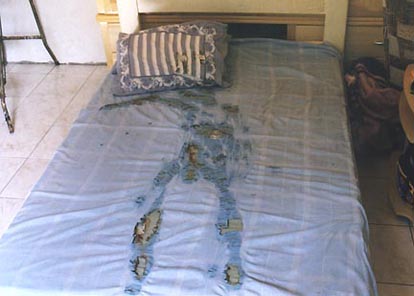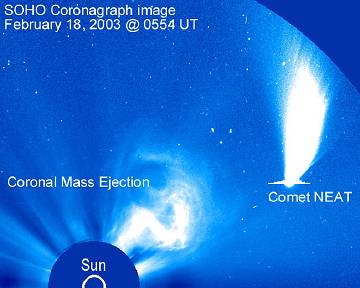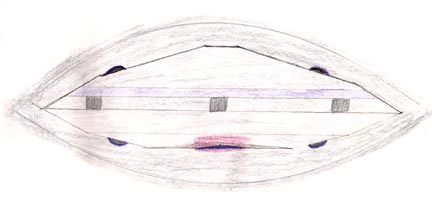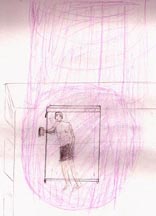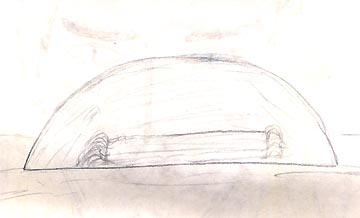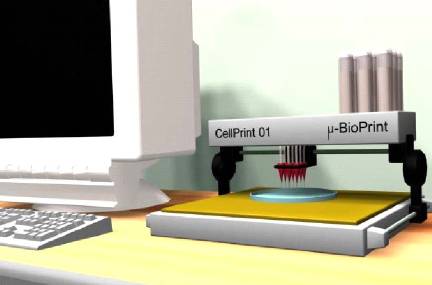"I noticed that the seed itself still had the skin or a membrane around it which makes the seed smooth to the touch. So, in fact, you would have to take off this skin or membrane to actually feel the markings or engravings that are in the seed. ...There was no way that a worm or any insect could do that because it would have eaten through the skin or membrane."
- Dave Rosenfeld, Photographer, Salt Lake City, Utah
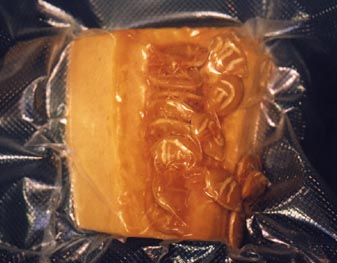
March 28, 2003 Salt Lake City, Utah - As I reported on March 15, 2003, about 500 "engraved" seeds were found inside an otherwise fresh, healthy banana squash by Salt Lake City restaurant owner, Kasim Barakzia, on March 14, at his restaurant, Baba Afghan. Almost every seed had letters or symbols engraved on both sides in what appeared to be different languages. The first symbol that Kasim recognized was the Arabic symbol for Allah.
Kasim has cut open dozens of banana squash every week since he opened his restaurant nine years ago and has never seen anything like these seeds before. Normal squash seeds are smooth and glisten with a thin, transparent membrane.
Click here to subscribe and get instant access to read this report.
Click here to check your existing subscription status.
Existing members, login below:


